An ideal gas which has γ=4/3 is taken from A to B according to the diagram then calculate enthalpy change for ideal gas:
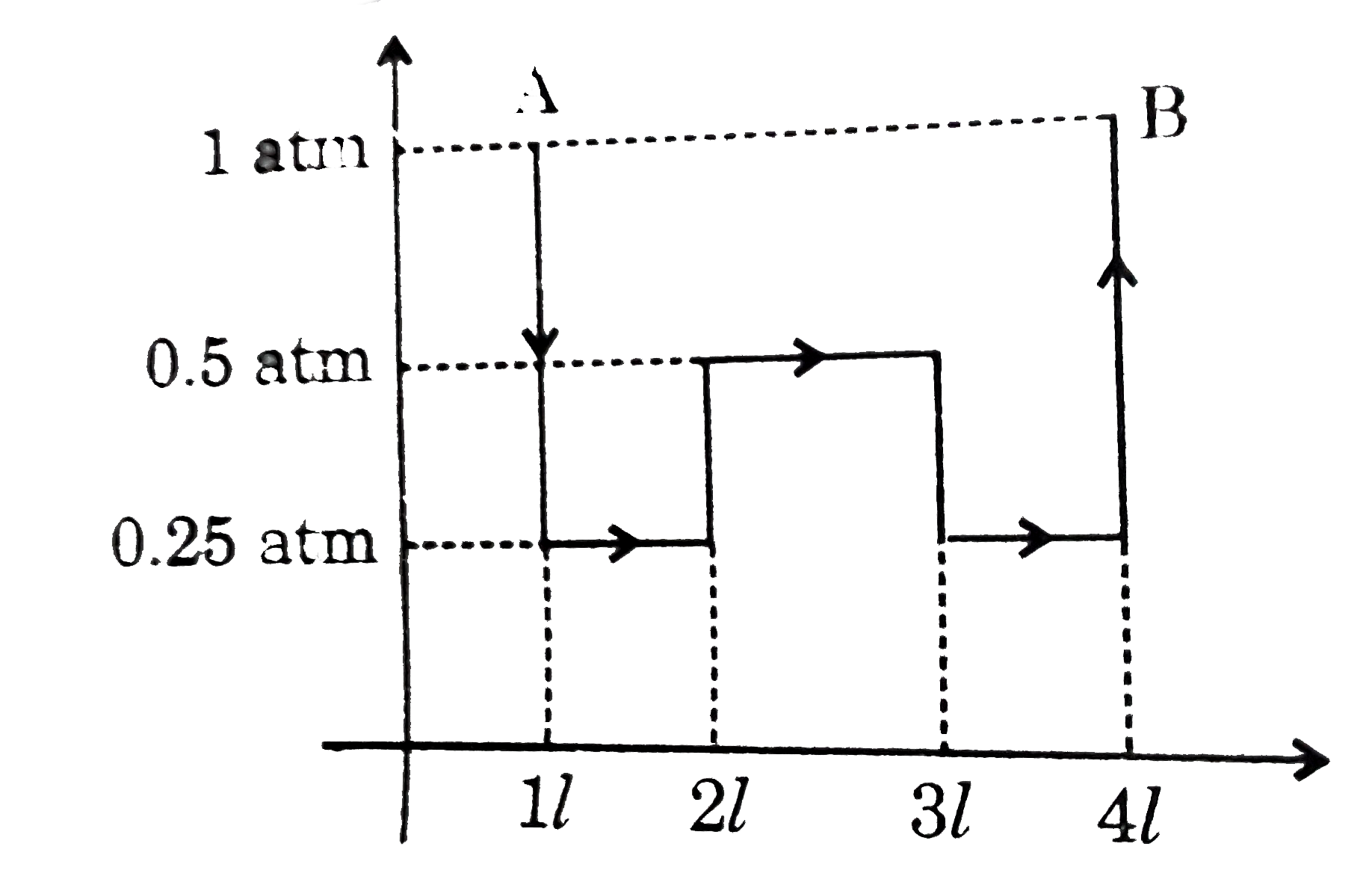
5 atm.litre
6 atm. Litre
10 atm.litre
12 atm.litre
The correct Answer is:D
Step by step video, text & image solution for An ideal gas which has gamma = 4//3 is taken from A to B according to the diagram then calculate enthalpy change for ideal gas: by Chemistry experts to help you in doubts & scoring excellent marks in Class 12 exams.
Topper's Solved these Questions
- BOOK - GRB PUBLICATIONCHAPTER - GRAPHICAL INTERPRETATIONEXERCISE - B. Gaseous State1videos
GRAPHICAL INTERPRETATION
- BOOK - GRB PUBLICATIONCHAPTER - GRAPHICAL INTERPRETATIONEXERCISE - Gaseous State39videos
GRAPHICAL INTERPRETATION
- BOOK - GRB PUBLICATIONCHAPTER - GRAPHICAL INTERPRETATIONEXERCISE - Subjective Type23videos
GRAPHICAL INTERPRETATION
- BOOK - GRB PUBLICATIONCHAPTER - F-BLOCK ELEMENTSEXERCISE - Subjective type7videos
F-BLOCK ELEMENTS
- BOOK - GRB PUBLICATIONCHAPTER - HYDROCARBON (ALIPHATIC)EXERCISE - Previous years jee questions28videos
HYDROCARBON (ALIPHATIC)
Similar Questions
An ideal gas is taken from point A to the point B, as shown in the P-V diagram, keeping the temperature constant. The work done in the process is
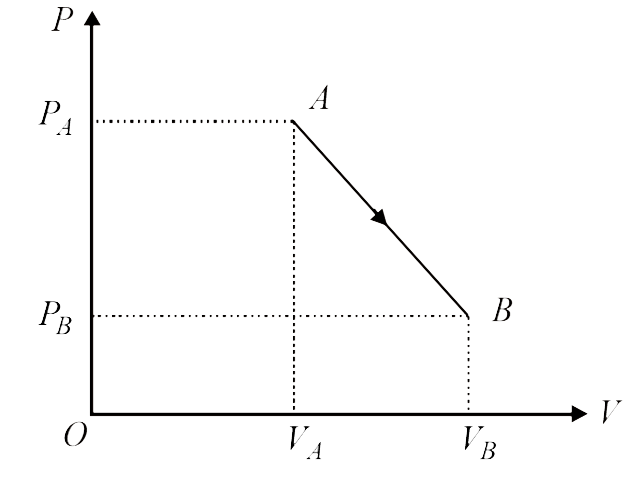 View Solution
View SolutionAn ideal gas is taken from point A to the point B, as shown in the P-V diagram, keeping the temperature constant. The work done in the process is :
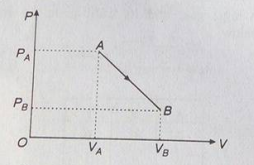 View Solution
View Solution
Knowledge Check
- Question 1 - Select One
In a isothermal change an ideal gas obey's
ABoyle 's lawBCharle's LawCGay -Lussac's LawDNone of these - Question 2 - Select One
In an isothermal change, an ideal gas obeys
ABoyle's lawBCharle's lawCGaylussac lawDNone of the above - Question 3 - Select One
An ideal gas is taken from point A to the point B, as shown in the P-V diagram, keeping the temperature constant. The work done in the process is :
 A(PA−PB)(VB−VA)B12(PB−PA)(VB+VA)C12(PB−PA)(VB−VA)D12(PA+PB)(VB−VA)
A(PA−PB)(VB−VA)B12(PB−PA)(VB+VA)C12(PB−PA)(VB−VA)D12(PA+PB)(VB−VA)
A diatomic ideal gas undergoes a thermodynainic change according to the P-V diagram shown in figure, The total heat given to the gas is nearly
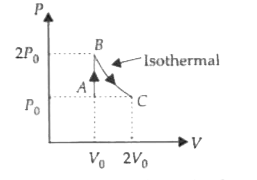 View Solution
View SolutionIn a cyclic process shown in the figure an ideal gas is adial gas is adiabatically taken from BtoA, the work done on the gas during the process BtoA is 30,J when the gas is taken from A to B the heat absorbed by the gas is 20J Then change in internat energy of the gas in the process A to B is :
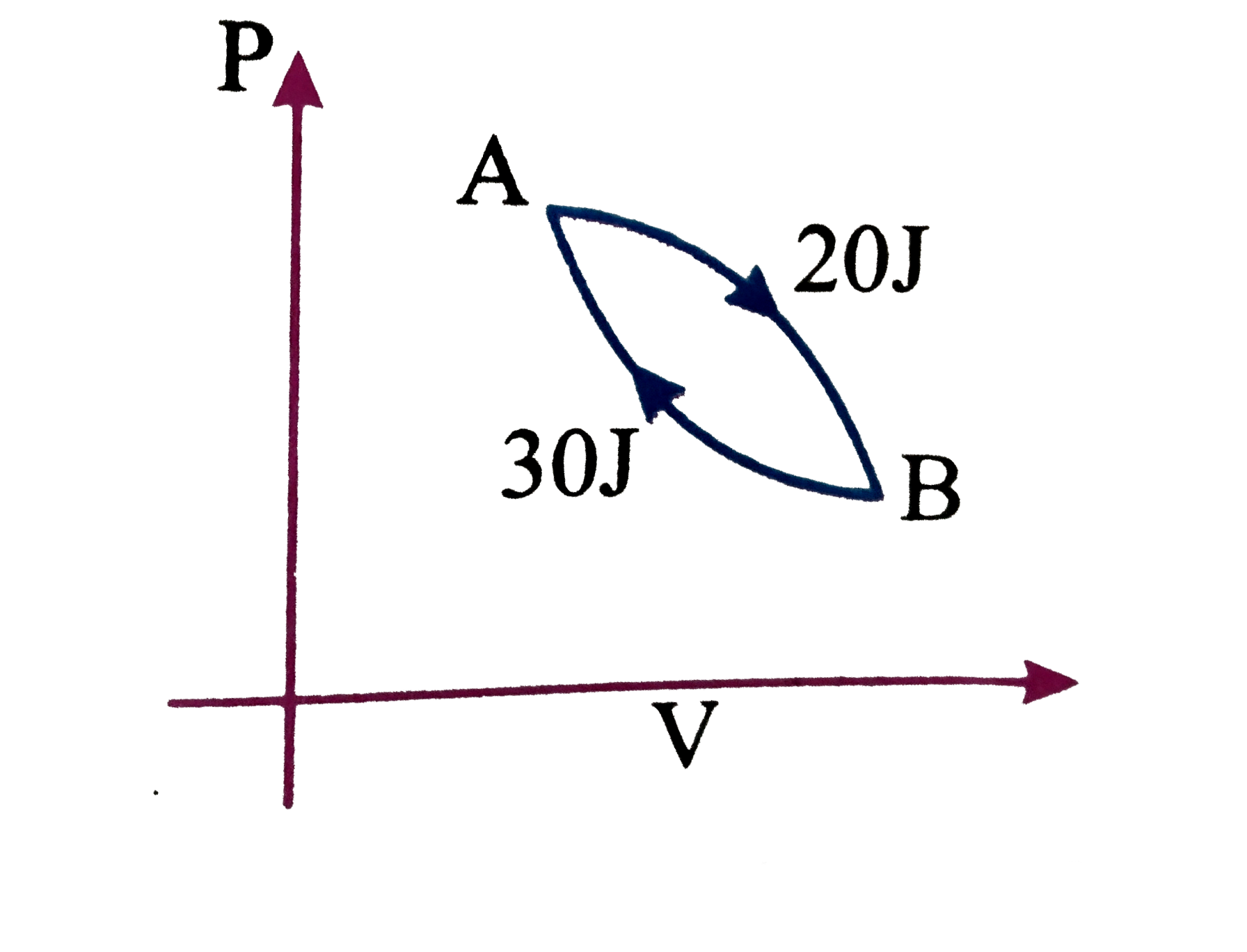 View Solution
View SolutionChange in internal energy in an isothermal process for ideal gas is
View SolutionIn a cyclic process shown in the figure an ideal gas is adiabatically taken from BtoA, the work done on the gas during the process BtoA is 30,J when the gas is taken from A to B the heat absorbed by the gas is 20J Then change in internal energy of the gas in the process A to B is :
 View Solution
View SolutionOne mole of an ideal diatomic gas undergoes a transition from A to B along a path AB as shown in (figure). The change in internal energy of the gas during the transition is (γ=3/5)
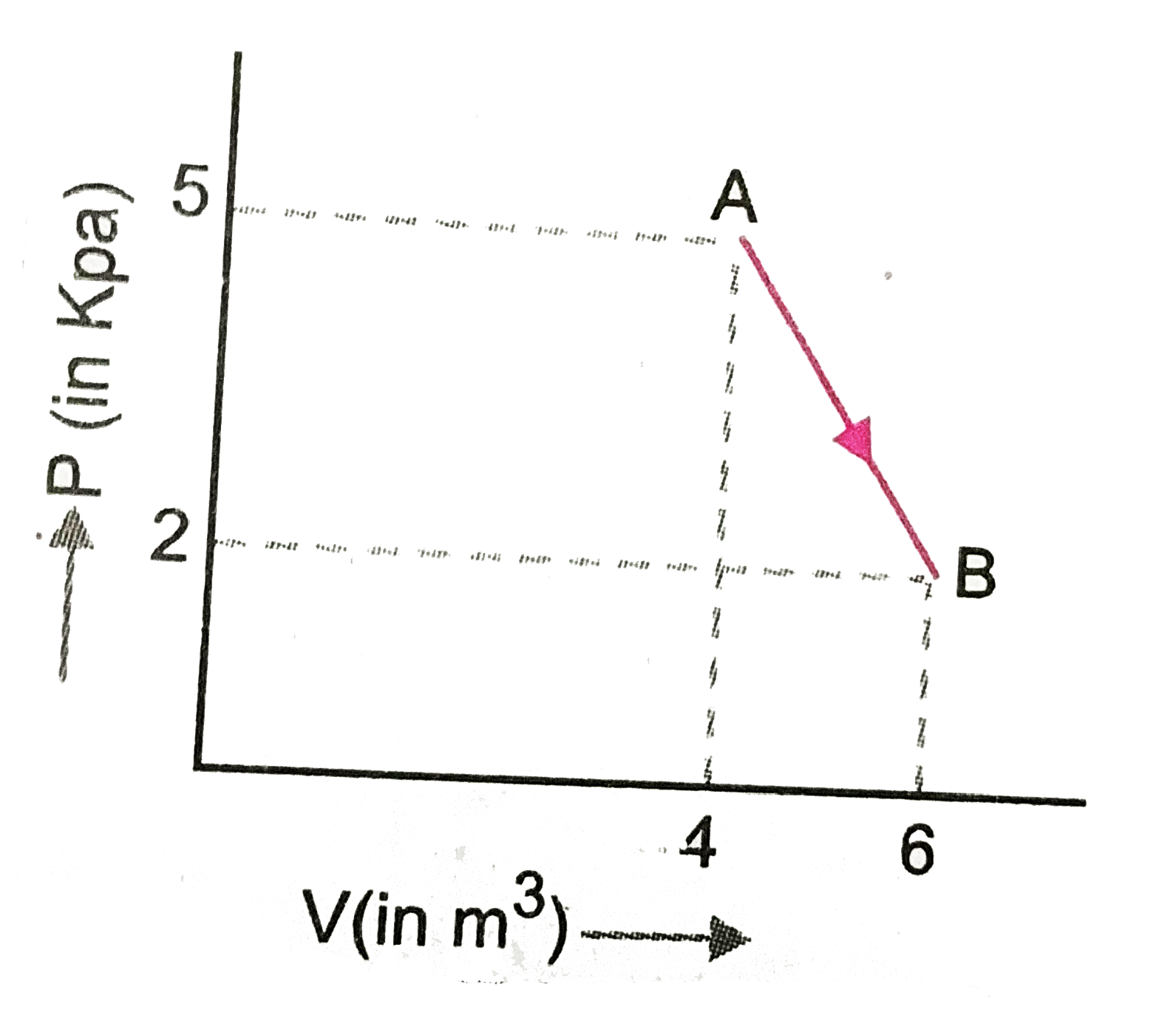 View Solution
View Solution

